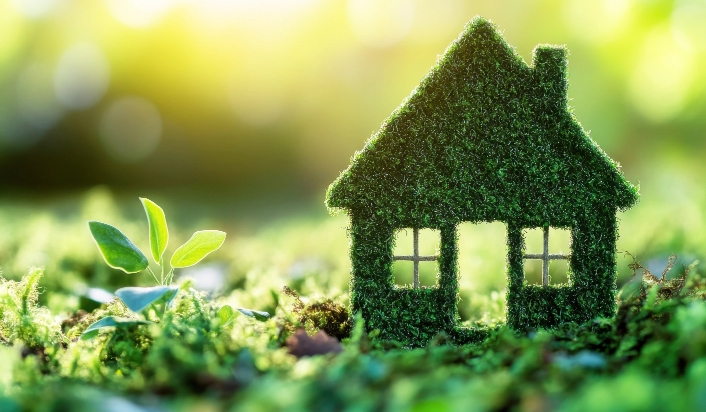When waste management systems fail, communities bear the burden—environmentally, economically, and socially.
By recognizing the full impact of poor municipal solid waste (MSW) management, city leaders can make informed decisions that protect public health, reduce costs, and create new value for their communities.
The Environmental Costs of Outdated Waste Systems
Mismanaged waste doesn’t just pile up—it seeps into our air, water, and soil, accelerating climate change and putting ecosystems and public health at risk.
Cities that rely on outdated waste disposal methods only worsen these environmental pressures, making it harder to protect the public and meet sustainability goals. Recognizing these consequences is the first step toward implementing more effective waste solutions.
1. Climate Change and Greenhouse Gas Emissions Costs
Landfills release massive amounts of methane, a potent greenhouse gas that accelerates climate change. In the U.S., these substances rank as the third-largest source, contributing 14.5% of total emissions in the short term.
Beyond the dump, incineration also releases harmful pollutants, impacting both air quality and climate stability.
Advisor Insight: Methane mitigation is one of the fastest ways to slow climate change. Cities with high organic waste volumes are uniquely positioned to make a measurable impact.

2. Groundwater Contamination and Soil Pollution
Toxic leachate, which is a chemically saturated liquid that drains or ‘leaches’ from landfills, can seep into groundwater, raising concerns for long-term environmental quality and potential impacts on public health.
This contaminated runoff can include harmful substances such as heavy metals, ammonia, and organic compounds. Over time, these contaminants accumulate in the soil, making land unsuitable for agriculture, development, or safe public use.
3. Air Pollution and Public Health Risks
Open dumping and waste burning can release harmful pollutants, such as dioxins and furans, that may affect air quality and contribute to health concerns like respiratory or cardiovascular conditions.
Dioxins are toxic chemical compounds formed during the burning of materials like plastics and industrial waste. They are classified as known human carcinogens and can disrupt hormones, immunity, and reproductive health.
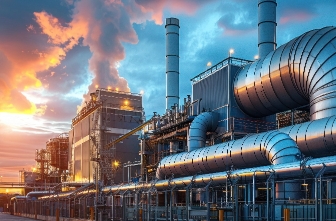
Furans, also created through combustion, share similar toxic properties. They persist in the environment and can accumulate in soil, water, and the food chain, posing long-term risks to both ecosystems and public health.
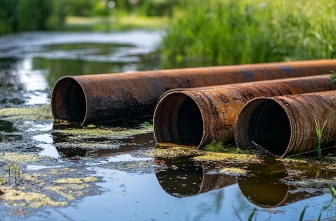
Communities located near poorly managed waste sites face increased environmental risks over time, while simultaneously experiencing significant economic impacts.
The Economic Burdens of Traditional Waste Disposal
For many municipalities, the costs are outpacing budgets, creating financial constraints that limit investment in better systems. Cities dependent on traditional waste systems face not only direct costs like hauling and tipping fees but also long-term liabilities tied to infrastructure upkeep and environmental mitigation.
1. The True Cost of Landfills
The costs of landfills go far beyond their initial construction. Expenses can range from $80,000 to $500,000 per acre, not including the cost of land acquisition, permitting, and regulatory compliance.
And even after a landfill closes, cities remain responsible for decades of post-closure maintenance, groundwater monitoring, and environmental remediation.
These costs continue to grow as population and waste volumes increase and available land becomes scarce.
2. The Unsustainable Costs of Incineration
Incineration facilities cost between $190 million and $1.2 billion to build and have high operational expenses. Despite these high costs, many regions in the United States still burn their waste.
However, burning waste doesn’t eliminate waste—it only changes its form, leaving behind ash and toxic emissions.
Additionally, cities utilizing incineration methods manage steps like ash disposal, pollution controls, and public resistance, all of which contribute to a costly cycle with diminishing returns.
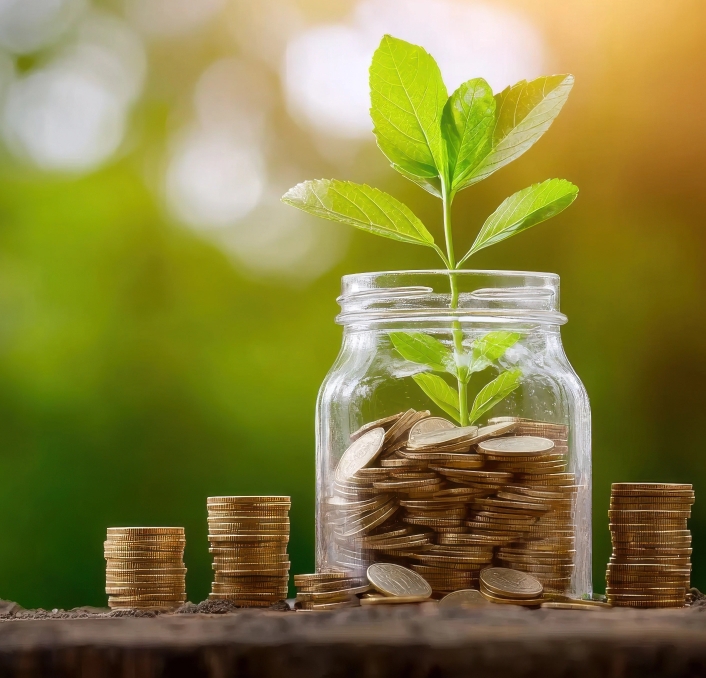
It does not need to be this way. Your communities deserve better.
How Cities Can Turn Waste Into a Resource
The limitations of outdated waste systems are clear, but so is the path forward. To move from burden to benefit, cities need systems that recover more, cost less, and scale with growing demands. That starts with better waste diversion and technology that turns organic waste into value.
Waste Diversion
Waste diversion is one of the most direct and impactful ways to reduce costs and reclaim value. By keeping recyclables, compostables, and organics out of landfills, cities avoid tipping fees, reduce emissions, and generate new revenue streams.
Scalable Waste Diversion Solutions
Cities need effective and practical solutions that integrate with existing infrastructures while maximizing efficiency. These are not pilot programs or future promises. They’re proven systems that work in real communities today.

Anaerobic digestion turns food waste into clean energy and nutrient-rich fertilizer.
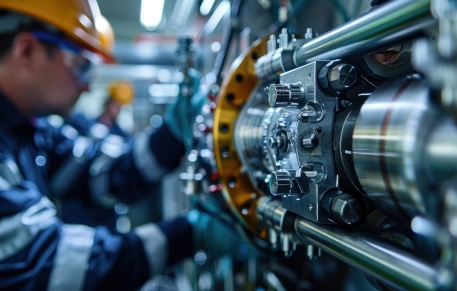
Waste-to-energy systems recover usable output while reducing landfill dependency.
Did You Know: BurCell® Technologies leads in waste diversion. Our system accelerates the separation of organics from municipal solid waste, enabling rapid recovery and higher volumes of valuable material. Cities using BurCell® experience up to 75% diversion success.
Additionally, BurCell’s proprietary process transforms organic waste into RevitaFuel™ SF—a clean, renewable solid fuel that supports industries aiming to meet their sustainability targets.
The Time to Move Forward is Now
The costs of poor waste management are too high to ignore.
Modernizing your waste system starts with leadership. Cities that update procurement policies, expand infrastructure for composting and recovery, engage and educate their communities, and use data to drive decisions are creating more resilient operations.
Explore how the BurCell® System can help your community reduce landfill waste, recover valuable resources, and build a cleaner, more efficient future.
